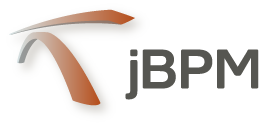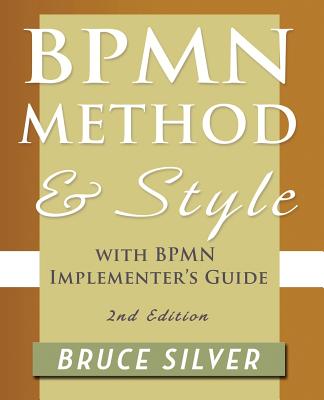Blog
BPMN, what's it to us?
(Part 2 of 3)
Going all in with BPMN (Business Process Model and Notation). In this second in a series of posts I’ll share with you some of the opportunities, challenges, and changes this decision has brought upon us.
Opportunities and challenges
In my first post we established that BPMN is much more than a pretty way of drawing process diagrams. Hence the adaption of BPMN brings along a wealth of opportunities and challenges to Multi Support in almost all areas.
- Core product development
- Customization
- Implementation consultancy
- Business user training
- Business consultancy
Core product development
When you decide to upgrade your loyal workhorse workflow engine, successfully serving thousands of users, to a new BPMN 2.0 compliant process engine you are bound to start out with a long list of requirements. Non-negotiable requirements. At the very top of our list was the ability to imbed the process engine 100% into the Next product.

It is a long-term Multi Support hallmark to provide a single integrated product, and not just a collection of technology components. A new process engine was not to alter this. jBPM (the community edition of JBoss’ BPMN 2.0 process engine) gives us, among many other things, this ability to embed the process engine 100% in Next. With an effort. A major effort.
The embedded approach presented a steep learning curve for both architects and developers at Next Software Labs. To get up to speed in the shortest possible time, we added an off shore team in Argentina, where several jBPM core contributors resides. Through our involvement with the Argentinian team, we gained an important head-start and are now proficient jBPM integrators. Proficient to the degree where Multi Support is contributing to jBPM with both bug fixes and new functionality.
Customization
It is a Multi Support core value to keep all clients running on the same codebase at all times.
The industry is crowded with examples of companies getting stuck with old versions of standard software customized to a degree that prohibits upgrades. Or if not prohibiting, then making it a major investment. Next is, and has always been, designed for customization without compromising upgradability. Being able to customize a solution to match the ever-changing needs of a business is at the very essence of smart process applications.
Next and its BPMN process engine will not disappoint you in this respect.
Implementation consultancy
With the standard product in place, including numerous customization options, the most important milestone is to add BPMN skills to the already comprehensive virtual toolbox that our process consultants carry. Luckily the BPMN skills add nicely on top of existing knowledge and methodology. Adding and refining. Not replacing.
Business user training
As mentioned in my first blog post, the ability for business users to participate actively in the business process design is a major benefit from a shared language such as BPMN 2.0.

A shared language with a need for training.
We are looking into offering online, classroom, and onsite training to business users interested in taking on business process analysis and design. Until ready, we handle this on a project-by-project case. If you have needs or suggestions in this direction, don't hesitate to contact me.
Business consultancy
Our most experienced Senior Business Process Consultants have for years delivered high level business consultancy based on Multi Support methodology and personal experiences. This is a business area we will dive more into with our embracement of BPMN.
BPMN Center of competence
to develop, collect, and distribute knowledge around BPMN in the Multi Support group
As we have decided that BPMN is part of our future business strategy, we have established a BPMN Center of competence, with participants from several countries and different areas of the company.
This Center of competence will be highly visible both inside and outside Multi Support.
Recommended reading
Understanding every aspect of BPMN 2.0 is a tall order. And utterly uninteresting for most. Getting practical advice on what to do and what not to do within this comprehensive standard is however relevant for anyone looking to do BPMN.

Second edition of a great practical book. Amazon.co.uk
I warmly recommend reading (at least parts) of Bruce Silver's BPMN Method and Style. The first half of the book is addressed to process modelers – business process analysts, business architects, BPM project team members, as well as developers – and focuses on the graphical notation.
Stick around
At Multi Support we think of BPMN as a genuine game changer for our clients and us. I hope this post gave you an insight into how the introduction of BPMN has brought us lots of opportunities, challenges, and changes. Despite challenges, the decision to move to BPMN 2.0, is rated among the best and most important business decisions made in our 28+ years history.
In the next post in this series, I will share how clients have already embraced BPMN in both small and large – very large – scale.








